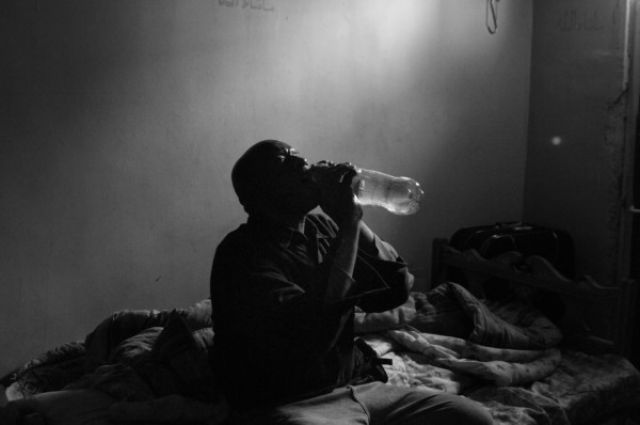
At first, a bridging visa seems like a new life. A brief glimpse of freedom is felt by many asylum seekers who, after years in detention, see an opportunity to live freely in Australia.
The temporary, selective visa gets asylum seekers six weeks’ accommodation and financial support of $219 a week — a figure that is 89% of the Newstart allowance.
But after six weeks — a nanosecond in Australia's cumbersome and bureaucratic refugee processing system — asylum seekers are expected to go out on their own, find somewhere to live, and somehow survive on a few hundred dollars a week.
When the numbers of asylum seekers were low, they were expected to rely on charities, welfare organisations and, in extreme cases, emergency relief to provide the support the government would not.
But the number of people being given bridging visas has spiked over the past six months. The Australian said on January 11 that 7648 asylum seekers were living in the community on bridging visas at the time.
This has placed obvious pressure on groups such as the Red Cross, who were contracted to manage bridging visa holders. Crisis centres say they are turning away rising numbers of asylum seekers.
Some refugees hold visas that do not allow them to work at all. Others may have limited work rights, but finding work can be difficult for people who experience physical and mental health issues as a result of trauma.
Another barrier in finding work is holding a temporary visa that clearly marks a person that came to Australia seeking asylum by boat, which in this political climate is like trying to get a loan with a black-mark credit history.
It all leads to rising numbers of asylum seekers resorting to increasingly desperate measures, including living on the streets or working off-the-books in jobs where they could be easily exploited.
This was the situation of about a dozen Tamil refugees who were living two to a room in a one-storey commercial property in Parramatta in Sydney’s west. They drew national media attention in February when one of the men housed there allegedly assaulted a woman in Macquarie University student accommodation.
About 80 asylum seekers were also temporarily living on campus alongside the student housing, under a contract between the Red Cross and Campus Living Villages. After a man was charged with the assault, the contract was terminated and the Tamil men evicted.
The accused man had been living unofficially at the campus accommodation. But the address he gave to police was to a building of office suites in Parramatta’s CBD.
The Daily Telegraph said the men had recently been transferred from detention centres in Curtin, Western Australia, and Weipa in far-north Queensland.
A refugee told the Daily Telegraph: "We are happy here it is better than the detention centres … We want to work but we have no work rights.”
They were reportedly paying $400 a week in rent for the building. Each received $219 a week in financial support on their visa.
Then, in response to news that a group of refugees were living, squatter-style, in a building that was zoned for commercial use, Parramatta city council arranged a property inspection and evicted the men from the building.
Green Left Weekly was told the evictees were referred to Settlement Services International (SSI), a not-for-profit NSW organisation that cares for refugees and humanitarian entrants.
SSI did not wanted to comment to protect privacy.
As for the bigger group of men who were forced out of the Macquarie University accommodation, Tamil community advocates told GLW many of the men were living virtually itinerant lifestyles.
They went to different places in Sydney’s west. At first, unwanted media attention and camera crews forced them to move again.
Without rental records and little to no income it is impossible for many of them to independently find a home. Most still do not have secure housing, and live week-to-week with friends, who risk breaching tenancy rules.
“They are not living in the streets yet,” GLW was told, “but they hop from place to place. They are homeless in a practical sense.”
Given the disastrous consequences of these arrangements, the question is who is responsible?
The immigration department told GLW that such transitional housing was not the department's responsibility. Regarding the office-suite squat, it said: “This was a private rental arrangement in which neither the department, nor its service providers, had any involvement.”
The Red Cross did not respond to GLW’s request for comment, but the services it runs have been undoubtedly overloaded by the sudden rise in asylum seekers in need of help.
An underclass of asylum seekers is growing in Australia as a result of ad hoc government policies. Rapidly increasing the number of refugees living in the community on bridging visas, without adequately expanding the services and infrastructure necessary to support them, is one example.